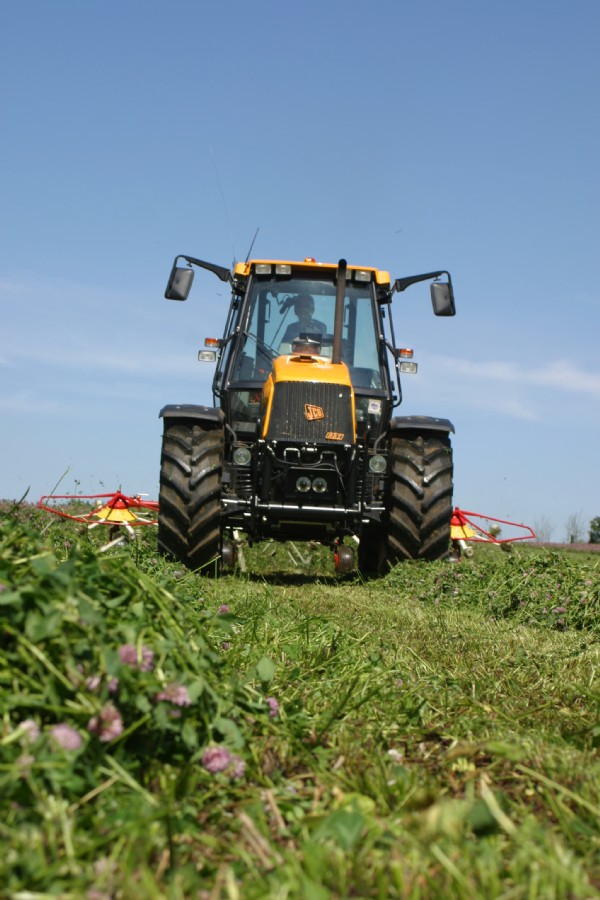

Red clover can be sown in monoculture, but a mixture with grasses is preferable, since this gives higher total forage yield and makes better silage. Red clover leys produce silage with a 2-3% higher protein content than a grass-only equivalent.
This, combined with its high intake characteristics, leads to improved milk and meat production. Fast-growing legumes such as red clover are also able to ‘fix’ up to 250 kg N/ha. To provide enough free nitrogen for a successful crop, however, legumes need to be included at high proportions in a mixed sward.
Legumes do not fix nitrogen all year round. For this natural chemistry to occur, the soil needs to be warm and, in the UK, this usually means that nitrogen fixation occurs between April and September.
There are questions over the effect that the oestrogen content of red clover may have on reducing animal fertility. There are relatively few confirmed cases but it is best not to feed or graze ewes 6 weeks before or after tupping to be safe. There is no known detrimental effects on fattening lambs; on the contrary they can fatten very well on this high protein crop.
Date Posted: 17th January 2018



